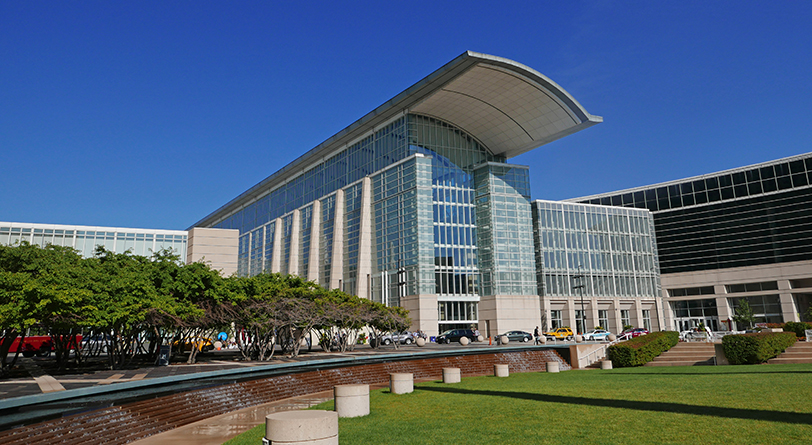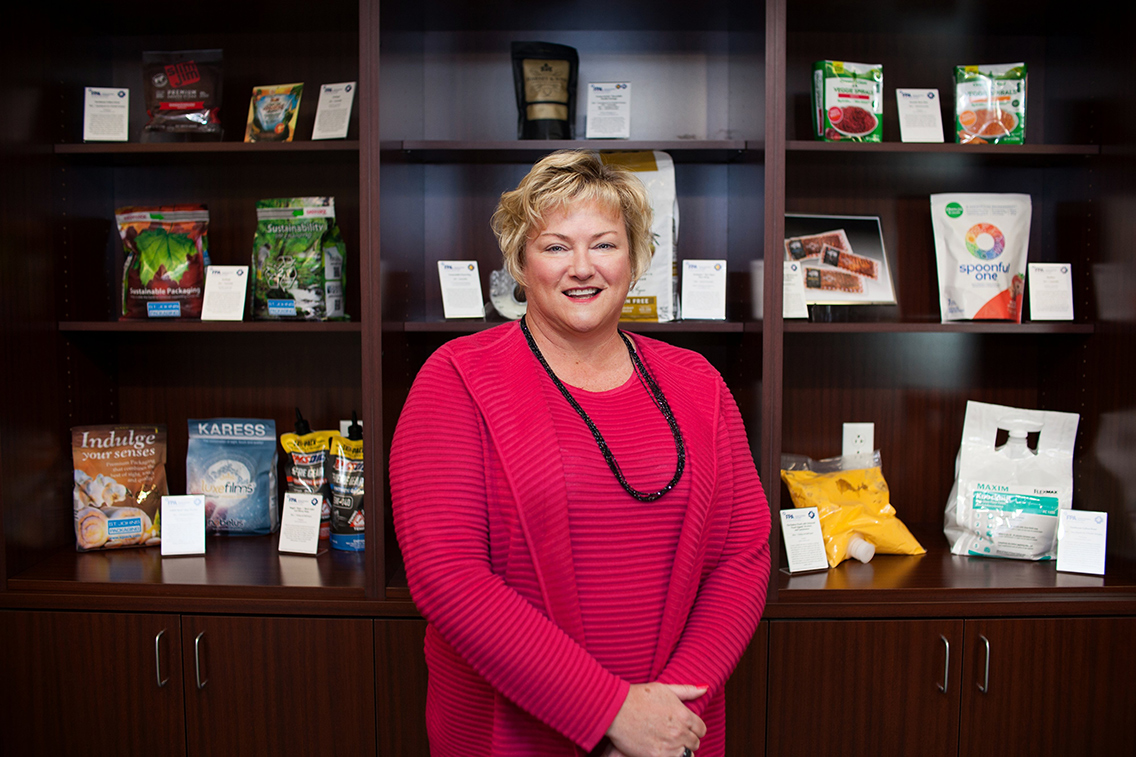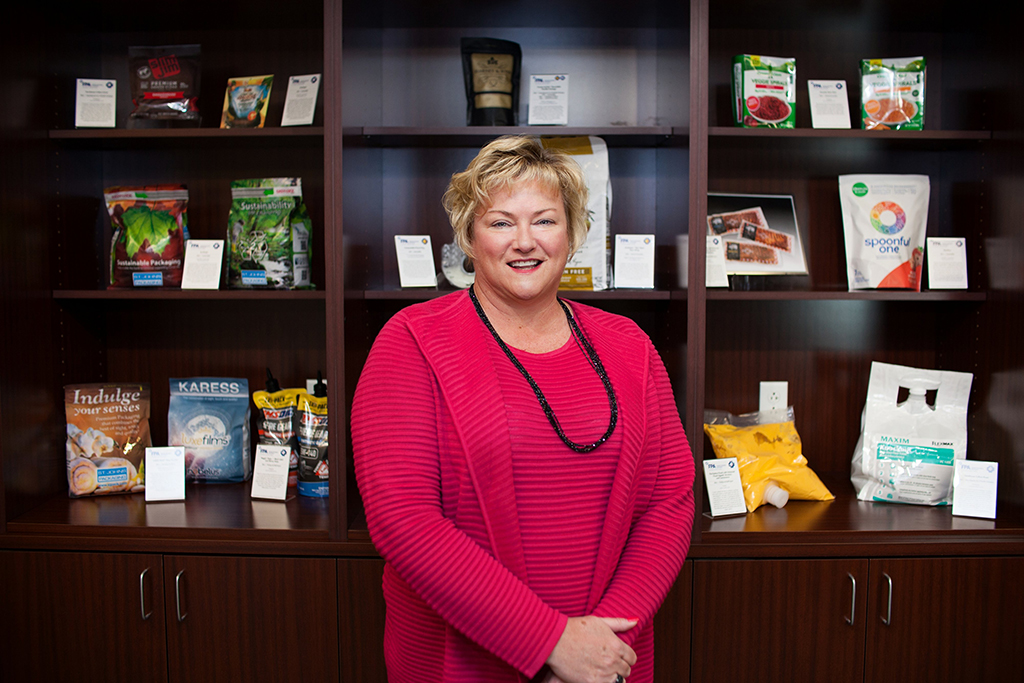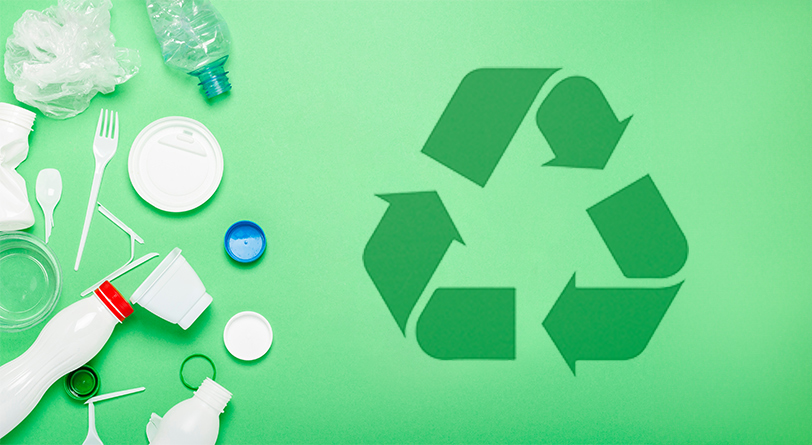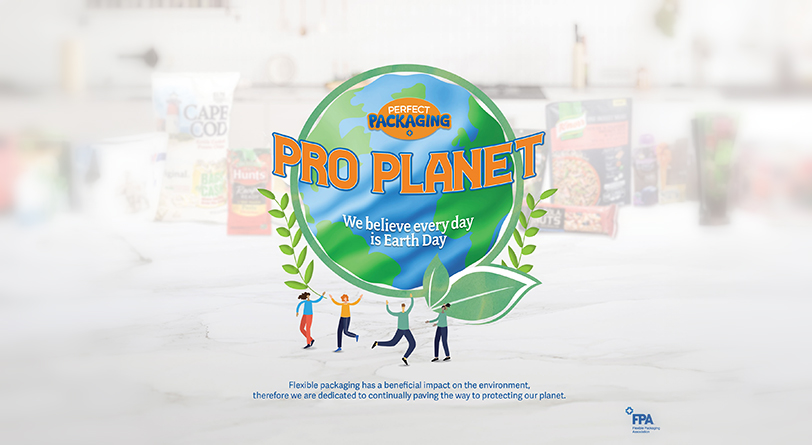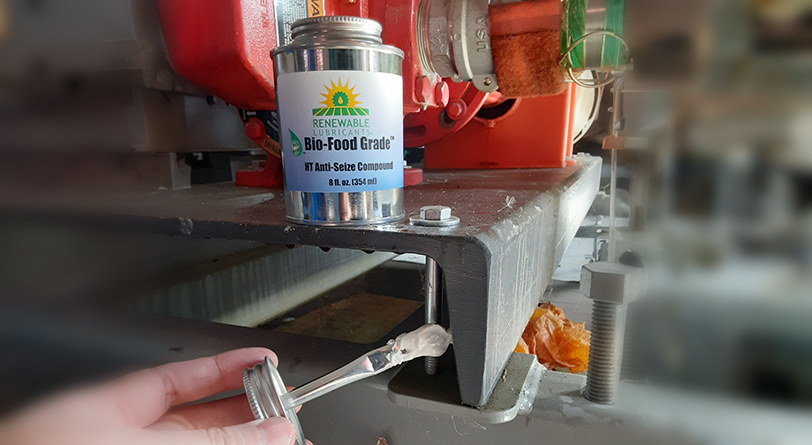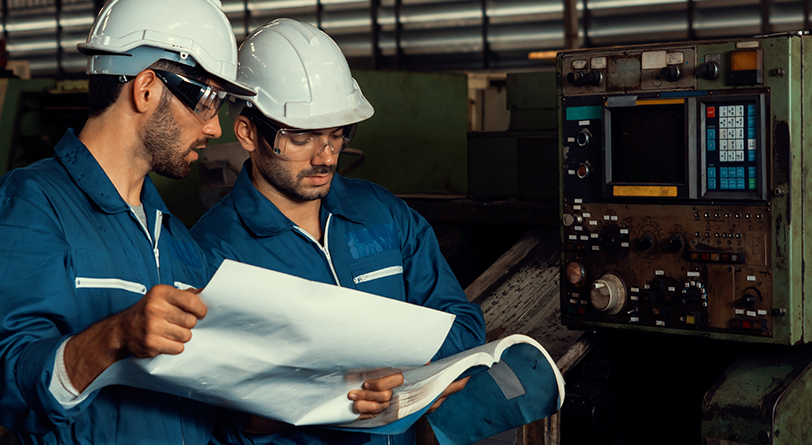July/August 2024
SPMC® Helps Improve Safety for Medical Device Packaging Worldwide
Thanks to its determination, the Sterilization Packaging Manufacturers Council has created and contributed to standards and test methods that have improved the safety of medical device packaging worldwide.
3-min read
Posts 10 of 16
